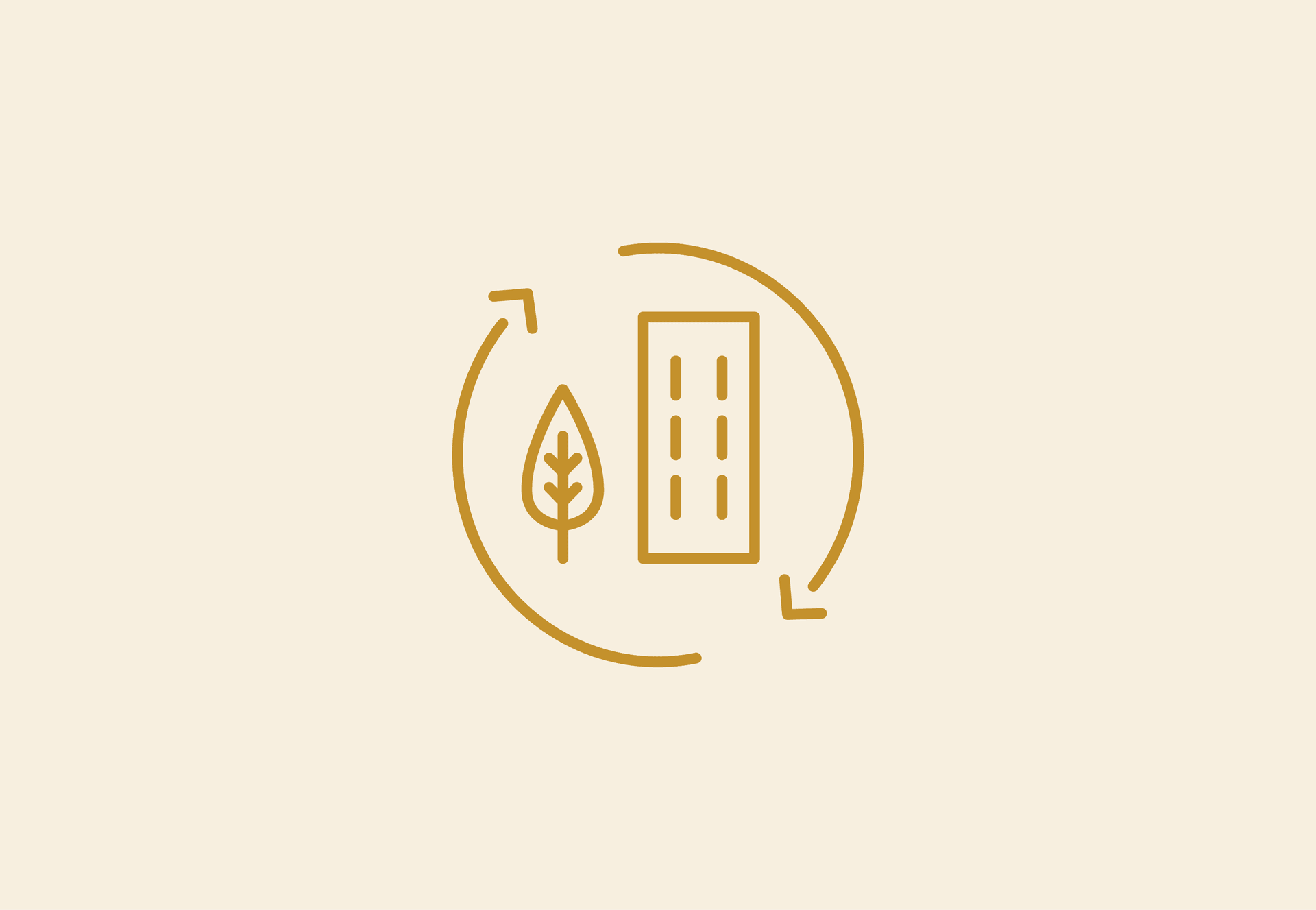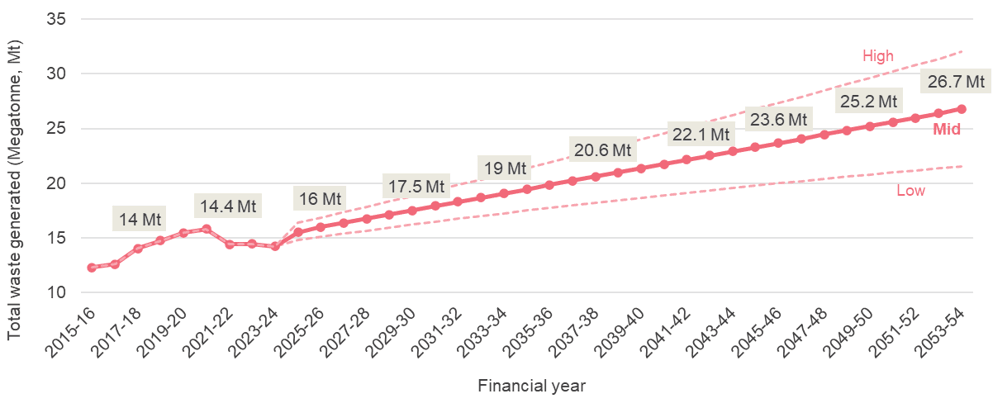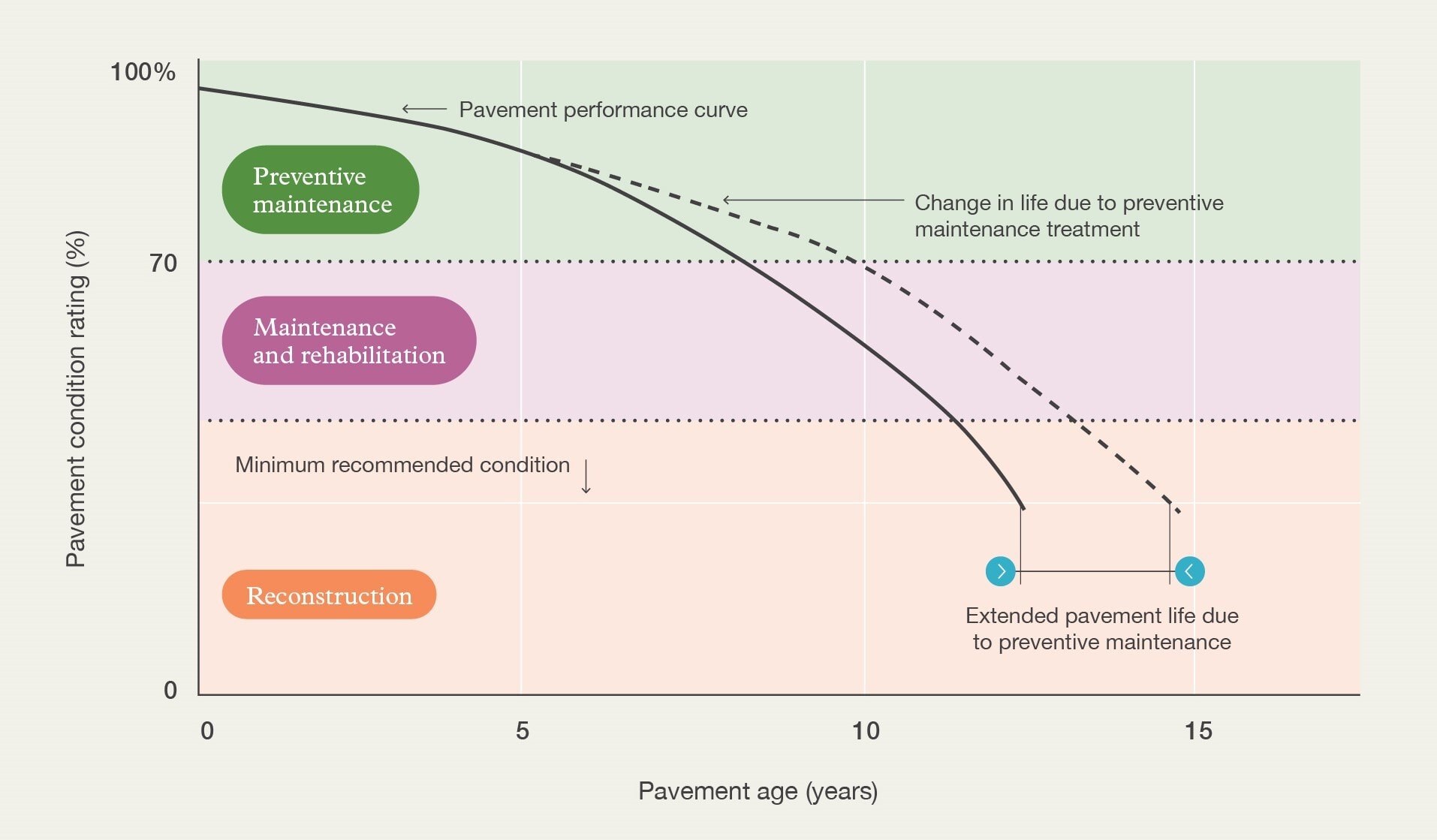Victoria has a high productivity and circular economy

Victoria has a high productivity economy that creates well-paid jobs, attracts investment and facilitates trade. It does so while also continually reducing the environmental impacts of production and consumption.
Infrastructure can drive a more productive economy
This can improve work and social opportunities for Victorians.
In a high productivity economy businesses can attract the investment they need. They can then create the goods and services that drive economic growth.
Investing in infrastructure is one way of building a more productive economy. This helps workers find well-paying jobs. Transport infrastructure helps Victorians access these jobs. It also makes it easier for businesses to send their goods across Victoria, interstate and internationally. Digital infrastructure connects people remotely to jobs and services. It allows businesses to be more efficient and to reach global markets.
A circular economy leads to less waste, more jobs and healthier environments
Victoria can do this by moving towards a circular economy.
Businesses typically use raw materials like wood, plastics or metals to make products. This creates some waste. After consumers use these products, they often throw them out, creating more waste. A circular economy shifts away from this linear system of production and consumption. This means that consumers can meet their needs with fewer materials.
In a circular economy, people recycle and reuse more. This reduces the environmental impact of the goods they produce and consume. It has taken some steps towards this. Our recommendations prioritise many non-build and low build infrastructure solutions. When the government does build, it should use more recycled materials (see recommendation 25).
This means more waste will end up in landfill. Materials sent to landfill often have economic value, which is lost if they are thrown away.
Businesses might need to innovate and develop new ways to reuse products to achieve a circular economy.
Figure 21: The government expects Victoria’s waste volume to increase over coming years

Infrastructure helps businesses move goods across Victoria and beyond
When Victorian businesses trade with each other and with businesses outside the state, they can become experts at making certain products. These supply chains mean Victorians can get what they want, when they need it, often delivered to their doorstep.
Transport infrastructure helps Victorian businesses move imports and locally produced goods across the state. For example, farmers use roads, railways and ports to send their produce to different places.
But some goods still need to move by road, particularly during the last stage of delivery. Traffic congestion can make this expensive. Freight operators can work more efficiently when infrastructure makes their deliveries easier.
Opportunities exist to make infrastructure more productive
Integrating infrastructure plans across sectors is essential to achieve the productivity benefits of a more compact city (see recommendation 36).
This includes making the most of space on roads and public transport during quieter hours of the day. Maintaining infrastructure also keeps it in better condition for longer. Upgrading infrastructure can also increase its productivity. Better managing existing infrastructure helps Victoria do more with less.
Our commissioned research Digital technology and infrastructure productivity looked at how digital technologies can help meet Victoria’s growing infrastructure needs faster.
Figure 22: Preventive road maintenance can help to extend asset life
